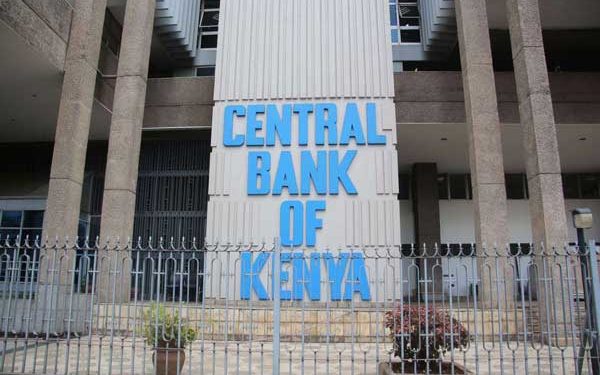The Central Bank of Kenya (CBK) has introduced a new strategy to encourage investment in longer-term securities by announcing a 16% return on a 10-year bond.
This move represents a departure from previous approaches and aims to mitigate the risk of multiple securities maturing simultaneously.
The CBK’s decision to set the coupon rate reflects a departure from market-driven determinants of bond returns, signaling an intention to reduce rates, as evidenced by the lower 16% rate compared to the recent 18.5% offered on an 8.5-year infrastructure bond.
It is noteworthy that the bond will incur a 10% tax on interest and offers a significantly higher return compared to previous bonds with similar maturity periods. Notably, bonds maturing in 2034 offered coupons of 12.9% and 12.7%, while a 10-year bond issued in February 2023 had a coupon rate of 14.2%.
The decision to focus on shorter-dated securities, ranging from three to five years, is attributed to current higher interest rates on government securities. This strategy aims to avoid prolonged exposure to high debt costs.
However, the CBK’s move to issue long-term bonds during periods of high interest rates is cautioned against, as it could exacerbate the cost of servicing domestic debt.
The upcoming March bond auction seeks to raise KES 40 billion, featuring reopened papers with remaining maturities of 2.9 and 4.4 years, offering coupon rates of 18.4% and 16.8%, respectively.
Market observers anticipate that the CBK will manage new investor bids within these rates by rejecting aggressive bids, a practice seen in previous auctions.
The infrastructure bond issued in February raised KES 240.9 billion, alleviating pressure on the CBK to meet domestic borrowing targets and allowing it to disregard aggressive bids. The introduction of the new 10-year bond is expected to attract interest from pension and insurance funds.


















